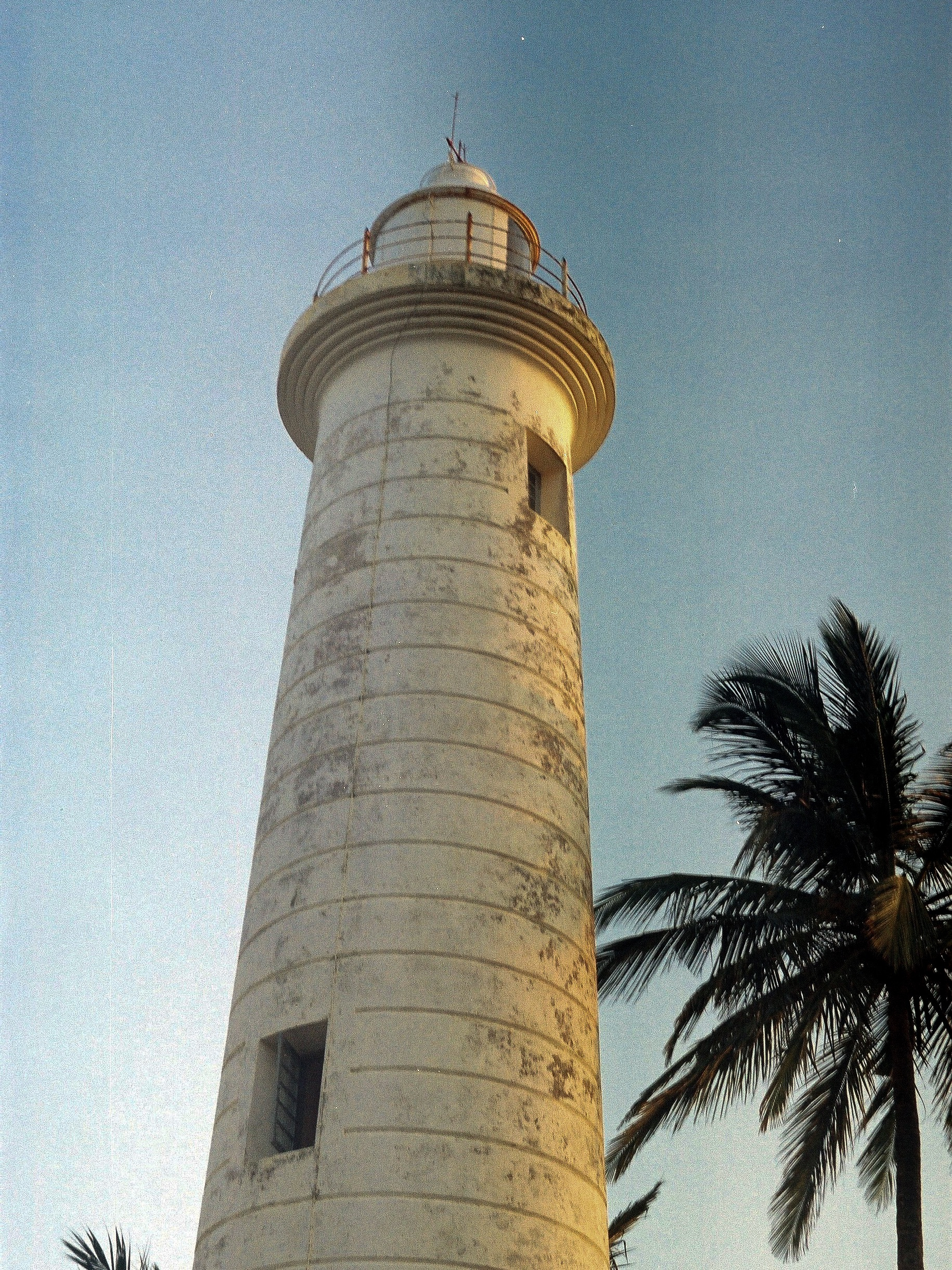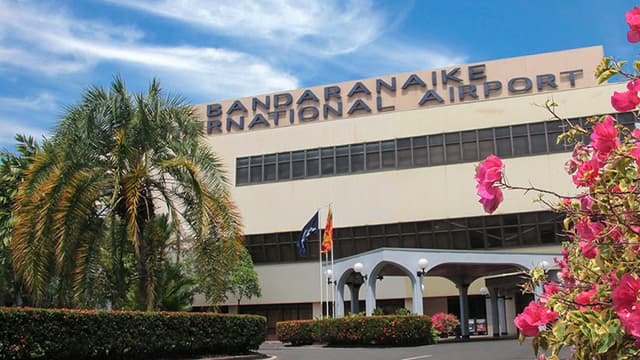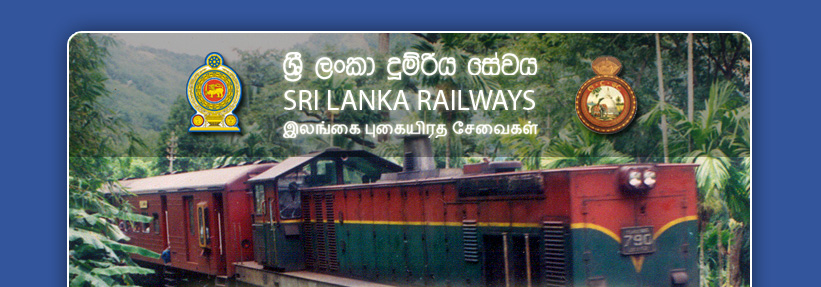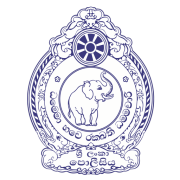All You Need to Know Before Travelling to Sri Lanka (Free Guide)

Overview
1. About Sri Lanka
Sri Lanka, historically known as Ceylon, and officially the Democratic Socialist Republic of Sri Lanka, is an island country in South Asia.
● Geographical Location: Sri Lanka is an island nation located in the Indian Ocean, south of India.
● Island Size: The total area of Sri Lanka is approximately 65,610 square kilometers (25,330 square miles).
● Population: Sri Lanka has a population of around 22 million people.
● Main Religion: The predominant religion is Buddhism, followed by Hinduism, Islam, and Christianity.
● Languages: The official languages are Sinhala and Tamil. English is widely spoken and used in business, tourism, and education.
● Currency: The local currency is the Sri Lankan Rupee (LKR).
2. Visa Requirements
Most travelers need a visa to enter Sri Lanka. The Electronic Travel Authorization (ETA) system allows tourists to apply online before arriving. The process is simple, and a 30-day visa is usually granted. You can extend this visa up to 6 months if you decide to stay longer.
Make sure to apply through the official Sri Lankan government website to avoid any extra fees from third-party services.
3. Best Time to Visit
Sri Lanka experiences two main monsoons (the Maha season associated with the northeast monsoon from September to March and the Yala season associated with the southwest monsoon from May to August), so it's essential to plan your trip accordingly:
● West and South Coasts, including Colombo and Galle: Best time to visit is from November to March.
● East Coast and Northern Areas: Best time to visit is from April to September.
● If you plan to explore both coasts, visiting during the shoulder seasons (April and October) may allow you to experience the best of both worlds.
4. Arrival in Sri Lanka: Airport Details
Bandaranaike International Airport (CMB) in Colombo is Sri Lanka’s main international gateway, about 30 km north of the capital. It is well-connected to many global hubs, with flights from Europe, the Middle East, Asia, and Australia.
● Facilities: The airport has ATMs, currency exchange services, SIM card vendors, and transport services right after you exit customs.
● SIM Cards: You can buy local SIM cards from providers like Dialog, Mobitel, and Hutch at the airport itself. These often come with affordable data packages.
● Immigration and Customs: Make sure your passport is valid for at least six months, and keep your return or onward flight booking handy.

5. Getting Around Sri Lanka: Transport Options
Sri Lanka has a variety of transport options, depending on your budget, travel style, and time available.
1. Airport Transfers
● Taxis: Taxis are readily available at Bandaranaike International Airport. They are the most convenient way to get to Colombo or other nearby towns.
● Prepaid Taxis: For peace of mind, opt for prepaid taxis available at the airport. You’ll know the exact fare upfront, avoiding haggling.
● Ride-hailing Apps: Apps like PickMe and Uber are available in Colombo and the surrounding areas, offering a more affordable and transparent option.
2. By Train
Sri Lanka’s train system is not only budget-friendly but also scenic. The famous train journey from Kandy to Ella is often considered one of the most beautiful in the world, passing through lush tea plantations and rolling hills.
● Cost: Tickets range from $1–10 USD, depending on the class.
● Classes: Choose from 1st (air-conditioned), 2nd (reserved seating, non-AC), or 3rd class (non-reserved, non-AC) depending on your comfort preference.
● Routes: The coastal train from Colombo to Galle is also popular for its views of the Indian Ocean.
3. By Bus
Buses in Sri Lanka are an affordable way to get around, although they can be crowded and not always on time. You can take local or intercity buses:
● Cost: A bus ride from Colombo to Galle (2-3 hours) is typically around $1-3 USD.
● AC vs. Non-AC: Air-conditioned intercity buses are slightly more expensive but much more comfortable, especially for longer journeys.
4. By Tuk Tuk (three wheelers)
Tuk-tuks are a common way to get around cities and towns. They’re affordable, but it's essential to agree on the price before you begin your journey. Alternatively, use the PickMe app to book metered tuk-tuks.
● Cost: Short rides typically cost around $1–3 USD.
● Tip: If you plan to stay for an extended period, you can rent your own tuk-tuk for a unique way to explore the island at your own pace.
5. Private Driver
For flexibility and convenience, many travelers hire a private driver. This can be an excellent option for those who want to explore multiple regions over several days without the hassle of public transport.
● Cost: Private car hire with a driver typically costs around $50-100 USD per day, depending on the vehicle and distance traveled.
● Driver’s Language: Most drivers speak English, making communication easier.
6. Health & Safety
Sri Lanka is generally a safe destination, but it's essential to take a few precautions:
● Vaccinations: It’s a good idea to ensure your routine vaccinations are up to date, especially if you plan to explore rural areas. The recommended vaccinations for travelers are Hepatitis A, Typhoid, and Tetanus.
● Malaria and Dengue Fever: Malaria has been eliminated in Sri Lanka, but dengue fever is still a concern. Use mosquito repellent, especially during the rainy season, and wear long sleeves if possible.
● Drinking Water: Stick to bottled water, which is widely available. Avoid drinking tap water or ice from unknown sources.
Refer to the Sri Lanka Ministry of Health website for up-to-date health advisories, vaccination recommendations, and any COVID-19 travel restrictions before your trip.
7. Packing Essentials
Your packing list will depend on the season and regions you're visiting, but these are some essential items you should not forget:
● Lightweight, breathable clothing for the tropical climate.
● Modest clothing for visiting religious sites (covering shoulders and knees).
● Comfortable walking shoes for hikes and exploring cities.
● Swimwear for the beach and waterfalls.
● Sunscreen and mosquito repellent.
● Reusable water bottle to stay hydrated.
● Travel insurance that covers adventure activities like surfing or hiking.
● International plug adaptor: In Sri Lanka, power plugs and sockets (outlets) of type D, type M and type G are used. The standard voltage is 230 V at a frequency of 50 Hz.
8. Culture & Etiquette
Sri Lankans are warm and welcoming, and respecting local customs will enrich your experience:
● Dress Modestly: When visiting religious sites, both men and women should wear clothing that covers their shoulders and knees.
● Shoes Off in Temples: Always remove your shoes and hats before entering a Buddhist temple.
● Photography: Ask for permission before taking photos of people, especially in rural areas or at religious sites. Avoid taking selfies with Buddha statues as it is considered disrespectful.
● Tipping: As mentioned, tipping is appreciated, especially in the tourism industry.
9. Language & Communication
10. Currency & Budget Tips
The local currency is the Sri Lankan Rupee (LKR). While credit cards are widely accepted in hotels, restaurants, and shops in tourist areas, it's wise to carry cash, especially for small purchases in rural areas or at local markets.
● ATMs: ATMs are widely available, especially in towns and cities, but it's best to use those connected to major banks like Commercial Bank or Hatton National Bank for better rates and security.
● Tipping: Tipping is not mandatory but appreciated. A standard tip in restaurants is 10%. For drivers and guides, a small daily tip of $5-10 is customary.
● Budgeting: Sri Lanka can be very affordable if you plan carefully. Budget travelers can expect to spend around $25-50 USD per day, while mid-range travelers might budget around $50-100 USD per day. Luxury travelers should expect to spend upwards of $150 USD per day.
11. Accomodation Options
Sri Lanka offers a range of accommodation options to suit all budgets:
● Luxury Hotels and Resorts: From $150-500 USD per night, offering stunning views, world-class service, and top-notch amenities.
● Boutique Hotels and Villas: Smaller, more intimate settings costing $80-150 USD per night.
● Guesthouses and Homestays: A more budget-friendly option ranging from $20-50 USD per night, allowing you to experience local hospitality.
● Hostels: Backpacker-friendly accommodations with prices starting at $5-15 USD per night.
... Start your Journey
For more information on traveling to Sri Lanka, check out the official Sri Lanka Tourism Development Authority (SLTDA) website for resources and updates:
Photography from Sri Lanka
If you’re looking to take a piece of Sri Lanka home with you, check out our exclusive collection of photography from this beautiful island. Available as high-quality prints or digital downloads, these images perfectly capture the essence of Sri Lanka and make great additions to your home or gifts.
The home for unique & authentic travel








